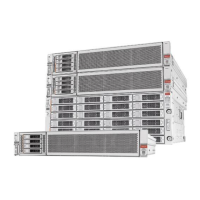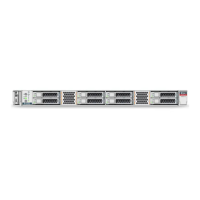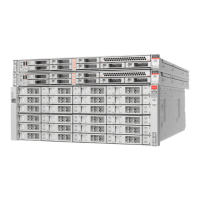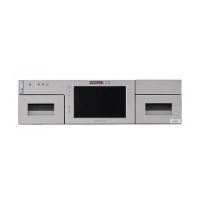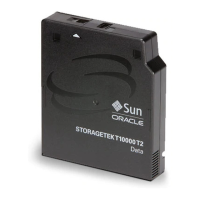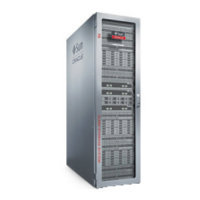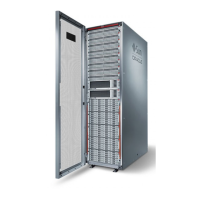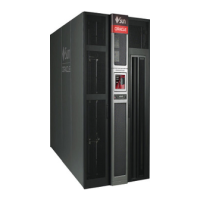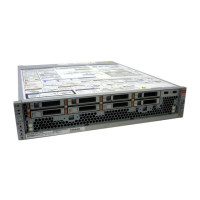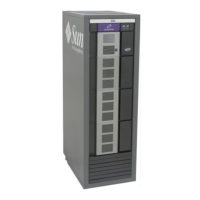8
♦ ♦ ♦ C H A P T E R 8
Server Node Basic Input/Output System (BIOS)
The Basic Input/Output System (BIOS) has a Setup Utility stored in the BIOS flash memory.
The Setup Utility reports system information and can be used to configure the BIOS settings.
The configurable data is provided with context-sensitive help and is stored in the system's
battery-backed CMOS RAM. If the configuration stored in the CMOS RAM is invalid, the
BIOS settings return to their default optimal values.
Note - The BIOS menus shown in this chapter are examples. The BIOS version numbers, menu
information, and menu selections are subject to change over the life of the product. You should
not change the factory settings unless prompted to do so by Oracle Service personnel.
■
“Oracle Database Appliance X7-2 Series BIOS Utility” on page 133
■
“Oracle Database Appliance X6-2 Series BIOS Utility” on page 135
■
“Oracle Database Appliance X3-2/X4-2/X5-2 BIOS Utility” on page 136
■
“Oracle Database Appliance Version 1 BIOS Utility” on page 138
Oracle Database Appliance X7-2 Series BIOS Utility
This section describes the Oracle Database Appliance X7-2 series BIOS utility.
If you have Oracle Database Appliance X6-2 series, go to “Oracle Database Appliance X6-2
Series BIOS Utility” on page 135. If you have Oracle Database Appliance X3-2/X4-2/X5-
2, go to “Oracle Database Appliance X3-2/X4-2/X5-2 BIOS Utility” on page 136. If you
have Oracle Database Appliance Version 1, go to “Oracle Database Appliance Version 1 BIOS
Utility” on page 138.
All settings are set to the optimal defaults at startup.
Caution - You should not configure system BIOS settings. Oracle Database Appliance patch
software will do this for you. The only time you might need to configure BIOS settings would
be if requested to do so by Oracle Service.
Chapter 8 • Server Node Basic Input/Output System (BIOS) 133
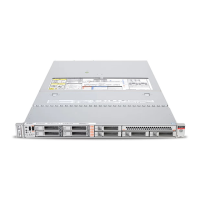
